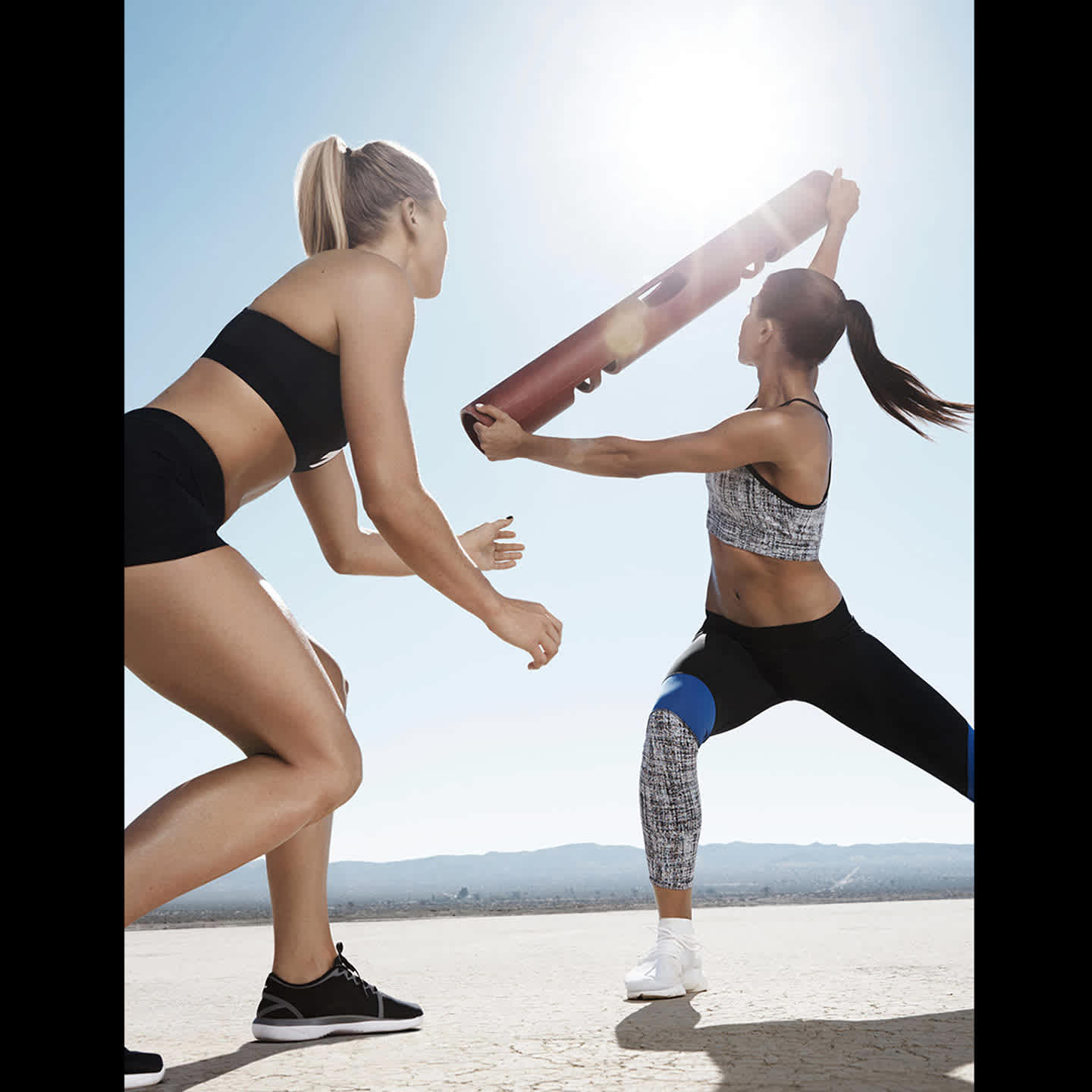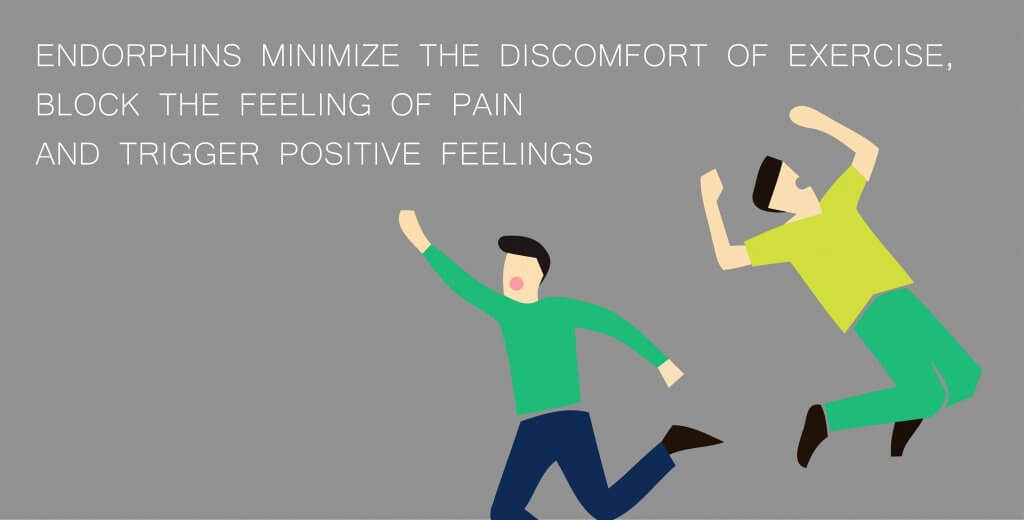
If you are a woman who is in great shape, then you already know the secrets to staying in form. A balanced approach to fitness is key to keeping fit. Their workouts tend to include strength training, cardio, and mind-body practices. But you might be wondering how to keep in shape. These are some of the ways you can get in shape. 1. Create a routine. Women love to exercise, regardless of how much time they spend.
Women need to include non-starchy veggies in their diet to help them reach their fitness goals. These include onions, tomatoes (cucumbers), broccoli, cauliflower, tomatoes, cucumbers, as well as leafy greens. Fiber-rich starches are also important for women's nutrition. Sweet potatoes, legumes, and sweet potatoes are excellent sources of fiber. For a toned body, you should combine your workouts and other healthy activities such yoga or aerobics. You should aim to get at least one workout per day. But, that isn't always possible.

If you want to look like a model, you need to keep your waist thin. A woman with large hips and a narrow waist should choose high-waisted pants and a fitted, slim dress. Don't wear too much around your bust. Boxy shirts and baggy jackets are best for straight women. Look for pieces with a narrow waistband and tapered hips if you have a long, slim body.
An apple-shaped body is characterized by a larger bust than the hips and a narrow waist. This body type also tends to put on weight in the tummy. The waistline is not very defined so it tends to be the largest area of the body. The arms and legs also tend to be slim and slender. If you are an apple-shaped woman, you will need to trim your waist, thighs, and thigh muscles.
Athletic women have well-toned curves, larger buttocks than the hips, and a wider neck. This body type can wear many dresses, including wrap-around and skirted dresses as well as blouses with boat necks or off-shoulder collars. You can also wear chunky boots or slender earrings. High-heeled shoes are not recommended.

Women were not encouraged to wear corsets in the 1960s. However, media messages continued to promote a young, thin body. A slim woman was viewed as a symbol that represented freedom and opportunity. The birth control pill was approved by the US Food and Drug Administration in the 1960s. Betty Friedan wrote "The Feminine Mystique", a book that was published in 1963. In 1966, the National Organization for Women was founded.
The fascination of body types is a common theme in today's culture. The idea of the ideal woman's body was formed thousands of years ago. It has been transformed dramatically since then. Prehistoric art depicted curvaceous, thickset silhouettes. The late 20th century saw thin models dominate fashion magazines and social networking. A common trend was thin, sexy backsides. This culture-centric stance has disastrous consequences for women who try to fit in.
FAQ
Is Yoga Beneficial?
Yoga has been popular since ancient times. It is now very popular among celebrities and even ordinary people who want to look fit and healthy.
Yoga is great because it stretches your muscles while strengthening them. Yoga is also great for calmening your mind and relaxing.
Yoga is different from other types of exercise in that it focuses on breathing techniques.
Different poses can be practiced to increase flexibility and balance.
Do Men Need A Gym Membership?
For men, a membership to a gym is not required. A gym membership will make your money more valuable.
Many gyms offer free trial memberships so you can try the facilities out before paying for anything.
The gym is free to use whenever you wish, and there are no fees. You can cancel your membership at any time, no matter how much you like it.
Which workout is best to build muscle?
There are two major exercises that you should do when you want to build muscle mass. These are the isolation exercises as well as compound movements. While isolation exercises focus on specific muscles, compound moves target multiple muscle groups simultaneously.
Choose exercises that test all your major muscle groups to improve your workouts. This ensures that your sessions are challenging and you are always working hard.
MyFitnessPal is an app that allows you to track your activities. It allows you log everything, including calories burned and weight lifted. It also allows you to create meal plans customized for your goals.
How many calories do I need to eat each day?
This varies from person to person. On average, 2000 to 2500 calories are consumed per day. Based on your age, gender, height and activity level, you will need to calculate how many calories you require.
Is it true?
Protein helps to maintain healthy bones, tissue, and skin. But consuming too much protein can lead to calcium excretion through urine. This can lead to kidney stone formation.
It is important to keep in mind that not everyone will develop kidney stones if they consume more protein than 2 grams per kilogram (2.2lbs). Some people can eat high amounts of protein without getting kidney stones.
Watching your sodium intake can help prevent kidney stones. Sodium regulates the water balance of the kidneys. A high level of sodium can increase the risk of developing kidney stone.
If you have kidney stones, you can reduce your intake of protein. Protein provides about half of the daily caloric needs for most adults. A reduction in protein intake will likely result in weight loss.
If you do decide to eat more protein, don't go overboard. Try to eat less than 20% protein in total calories.
What is a good schedule for a 7-day work out?
A seven-day exercise plan should include cardiovascular training (running/biking/swimming), strength exercises (using weight machines, free weights) and one flexibility/core program (yoga or Pilates). Each activity must be completed at least once per week. The total time for each session should not exceed 45 minutes.
Cardiovascular Exercise: Running/Biking/Swimming
Your goal is to exercise at least 60 minutes each week. For best results, aim for 75 minutes per week. Cardio exercises can be used to increase blood flow, stimulate muscle growth, and improve blood circulation.
Strength Training
Cardio exercises target the heart, lungs and muscles. Strength training targets the muscles, tendons and bones. Strength training is a great way to build lean muscle mass that helps you burn calories even if you are not actively exercising.
Flexibility and Core Workouts
Your whole body will be stronger if you have flexibility and core training. Both yoga or Pilates are great options.
Is Cardio Exercise Good Or Bad For Your Health?
Cardiovascular exercise offers many benefits. It improves blood circulation, strengthens heart muscle, gives you energy, and can even help you lose weight.
Cardiovascular exercise includes running, biking, hiking, swimming, tennis, basketball, soccer, volleyball, football, etc.
It is important to remember that cardio exercises should not be performed at high-intensity levels. This could lead to injury.
If you feel fine, only do the cardiovascular exercise.
Don't push yourself beyond what you can handle. This could lead to injury.
Cardiovascular exercise is best done warm-up first. Next, increase your intensity gradually.
Remember, you should always listen to your body. If you feel pain during cardiovascular exercise, stop immediately.
Also, after a cardiovascular workout, it's advisable to take a rest. This gives your muscles the chance to heal.
Cardiovascular exercise is essential for losing weight.
It is the most effective way to burn calories and reduce belly fat.
Statistics
- An estimated calorie range for moderately active adult males falls between 2,200 to 2,800 calories per day, depending on age. (eatright.org)
- According to the American Academy of Dermatology (AAD), men over 50 are at a heightened risk of developing it. (healthline.com)
- According to the American Heart Association, blood pressure should be checked at least once every two years, beginning at age 20. (my.clevelandclinic.org)
- By John Thompson Take a whopping 38% off a set of PowerBlock Pros. (menshealth.com)
- The PRS enabled risk stratification for overall prostate cancer and lethal disease with a four-fold difference between men in the highest and lowest quartiles (HR, 4.32; 95% confidence interval [CI], 3.16-5.89). (pubmed.ncbi.nlm.nih.gov)
External Links
How To
How can I burn fat while exercising?
Exercise burns calories by increasing metabolism and oxygen consumption.
Moderate intensity exercise is a safe way to lose weight.
These are some tips to help you lose fat while working out:
-
Cardio exercises include walking, running, swimming, cycling, running and jogging.
-
You can exercise for 30 mins three times per week.
-
If you want to lose more weight, add strength training to your routine.
-
Avoid intense exercise. You can build muscle and not break down muscle tissue.
-
Drink plenty of water during exercise. Water helps flush out toxins and keep your body properly hydrated.
-
After working out, drink low-fat protein shakes. Protein shakes repair muscles and increase energy.
-
You can eat smaller meals throughout the day so that you don't feel hungry in between meals.
-
Don't skip breakfast! Skipping breakfast can lead to fatigue and sluggishness.
-
Mental health is important. Stressful situations can slow your metabolism.
-
Keep a positive attitude. Studies show that people who believe they're overweight gain more weight than those who think they look pleasing.
-
Get enough sleep. A lack of sleep makes it difficult to lose fat.
-
Be active. Keep moving every hour.
-
Maintain a healthy diet. Eat right to feel satisfied and full for longer.
-
Find ways to relax. An anxious mind won't allow your body release stress hormones, which can lead to the destruction of muscle tissue.
A balanced diet includes all essential nutrients needed for growth and development.
You should eat six small meals per day rather than three large ones. This gives your body time and energy to process the food.
For strong bones, we need 500 mgs of calcium daily. Calcium can be found as a dairy product such as milk, yogurt and fortified soy drinks, orange juices, cereals, breads, and cereals.
Calcium is found in leafy green vegetables and beans, tofu as well as nuts, seeds, cheese, and seeds.
Your body needs vitamin D to absorb calcium. Vitamin D is found in certain fortified foods, such as egg yolk and fatty fish.
Vitamin E is important for skin health. Vitamin E can also be found in vegetable oil, wheat germ oils, peanuts as well almonds, sunflower seeds and corn.
Your body requires zinc to function normally and for wound healing. Zinc is found in oysters, legumes, meats, whole grains, and seafood.
Zinc deficiencies can lead to fatigue, decreased appetite, depression, and reduced immunity.
Insulin resistance is caused by eating too much sugar, which can increase blood glucose levels. Insulin resistance leads to weight gain.
Insulin resistance is caused by high blood levels of free-radicals. Free radicals are molecules with unpaired electrons that damage cell membranes and other parts of the body.
Free radicals come mainly from food additives, pesticides, herbicides, preservatives, smoking, air pollution, radiation, chemicals in cosmetics, lotions, and household cleaning supplies.
Free radical damage can lead cancer, heart disease or diabetes, arthritis, asthma, or other forms of aging.
A well-balanced diet rich in antioxidants is the best way for you to avoid free radical damage. Antioxidants protect against oxidative damage.
Vitamin C can be found in citrus fruits. Beta carotene can be found in carrots. Sweet potatoes. Tomatoes. Carrots. Sweet potatoes. Spinach. Broccoli. Cantaloupe. Vitamin E is found in nuts. Olive oil, avocados.
Additional antioxidant nutrients include selenium and copper, manganese and zinc.
Selenium protects cells against oxidative damage from free radicals. Selenium is also found in Brazil nuts.
Copper protects the brain and eyes as well as the lungs and red blood cells. Copper can be found in shellfish and poultry as well as meat and organ meats.
Manganese forms an essential part of bone structure. Manganese can also be found in oatmeal, brown rice, spinach and bananas.
Zinc is essential for normal growth, reproduction, wound healing, and average growth. Zn can be found in lean cuts, white fish, poultry, eggs, and other foods.